 Question: Thanks for your column all these years! Is it possible to take an existing (flying) homebuilt sailplane and add either a self-launch engine or a regular engine and convert it to a motorglider?
Question: Thanks for your column all these years! Is it possible to take an existing (flying) homebuilt sailplane and add either a self-launch engine or a regular engine and convert it to a motorglider?
Answer: The regulations do not differentiate between gliders with or without an engine. There should be no problem with adding an engine as you propose. However, since this will be a very major modification, you should talk with your local FSDO or proposed DAR and see how they want to handle it. You will definitely need to submit a new airworthiness application because of the “change of engine type” aspects of this modification.
Question: I bought a Sonex that was completed in 2007. The builder received the initial airworthiness certificate but passed away four days later. The aircraft was never flown and one year later the family donated it to a museum where it sat until being given away in 2022. It was then sold to me a month later. I’ve been able to transfer registration and ownership but all builder’s logs have been lost long ago. Can this aircraft ever be certified for flight without any documentation of the build?
Answer: I’m not sure I understand the question. If the original airworthiness certificate was issued then the airplane is certified for flight. The only reason you would need the build documentation would be to apply for the repairman certificate, but you are not eligible for that anyway. Depending on your location, you may need to have the operating limitations amended to change the flight test area for Phase I. Also the airplane will need a current condition inspection before flight.
Question: When you’re looking at an airplane of a known design and the builder has decided to increase the maximum gross weight above the factory’s number, what is your response? Do you approve this because he’s the builder? Do you ask for documentation? Do you tell him tough luck?
Answer: Typically I ask to see documentation. If he cannot provide some kind of engineering documentation, I will discuss how he justifies such a change. If he cannot convince me that the increase is safe, I will ask him to redo the weight and balance to match the designer’s limits. What he does after I leave is between the builder and the FAA. I have no control after certification. I only have what I approved (with backup data in my records).
Question: What date of manufacture is used on the E-LSA Airworthiness Certificate 8130-6 application and on the aircraft data plate? Must the date of manufacture listed on the Statement of Compliance (Box 4) be used or may I use the date close to the date I expect DAR airworthiness issuance? The date on the Statement of Compliance 8130-15 from Van’s Aircraft for my RV-12 is the date they signed this statement.
Answer: For kitbuilt E-LSAs, the date the airworthiness certificate is issued is the date of manufacture for aircraft. This information is not required on the data plate. The only information required on the data plate is make (for E-LSAs this is the kit manufacturer), model (this is the model designated by the kit manufacturer) and serial number (this is designated by the kit manufacturer).

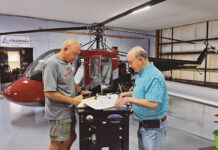
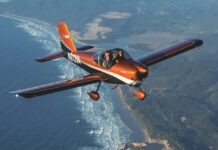
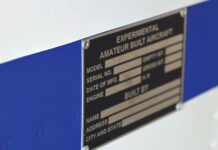
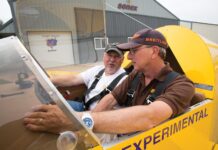

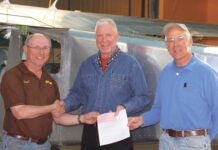


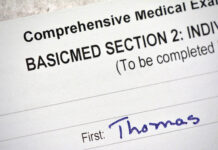


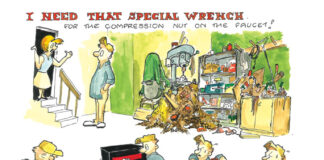
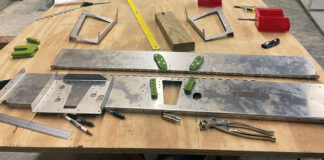
I built a Zenith CH750 stol airplane about 8 years ago. I licensed it as an LSA. I would like to up the gross wt. to 1440 lbs. I have a Lycoming YIO233 engine. What would I need to do?
Comments are closed.